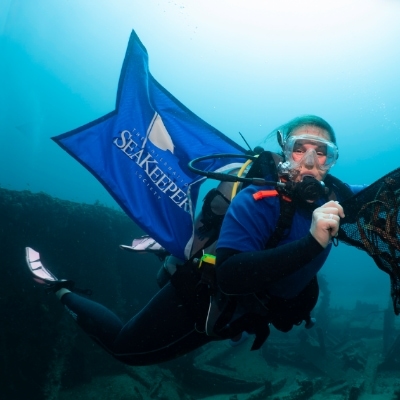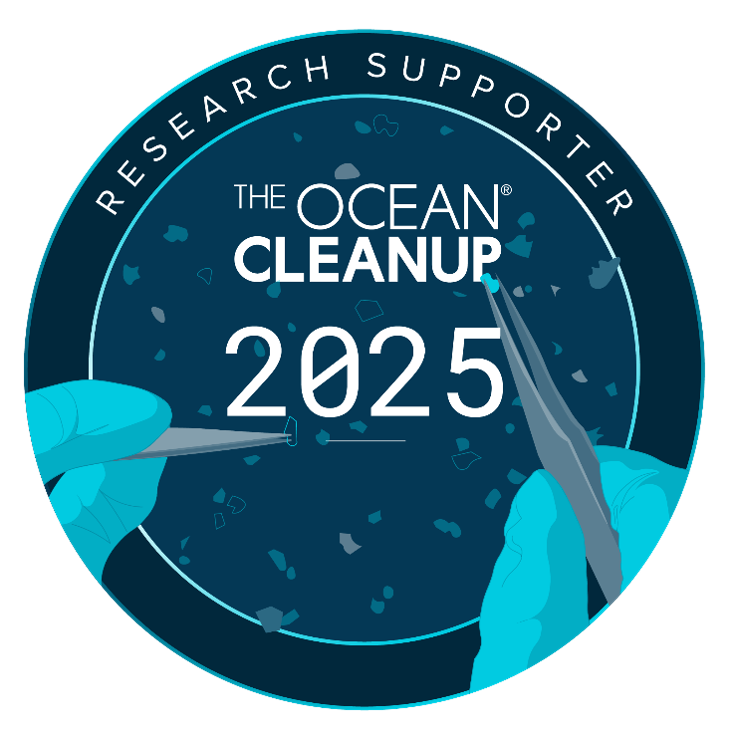The Ocean Cleanup Research Programme: Cleaning Global Garbage Patches
Project Overview:
The Ocean Cleanup, a Dutch-based NGO, develops and scales technologies to intercept plastic in rivers and remove plastic pollution from the oceans. As part of this mission, the organization has begun cleaning the North Pacific Garbage Patch while also conducting long-term monitoring of plastics in the region. Knowledge remains limited for other major garbage patches in the five subtropical gyres, and The Ocean Cleanup is seeking opportunities to deploy scientific tools in these areas. These tools include sea surface trawls, visual surveys, and unique plastics detection cameras (Automated Debris Imaging System; ADIS).
Program Partners
- The Ocean Cleanup
Location
- Global: targeting the five subtropical gyres (North Pacific, South Pacific, North Atlantic, South Atlantic, and Indian Ocean garbage patches). Examples of valuable/common vessel routes include Hawaii to California, Australia to Réunion Island, and Brazil or South Africa to St. Helena.
Expected Time Frame
- Ongoing
Duration of Expedition
- 1-3 Weeks per Leg
Accommodation Needed
- 2 Researchers
Special Equipment Needed
- Licensed captain; 12V power-source for ADIS; enough deck space to store a manta trawl (structure is 212 cm × 90 cm); space to process samples onboard or freezer or storage space for samples preserved in ethanol.
Expedition parameters listed above are flexible and negotiable.
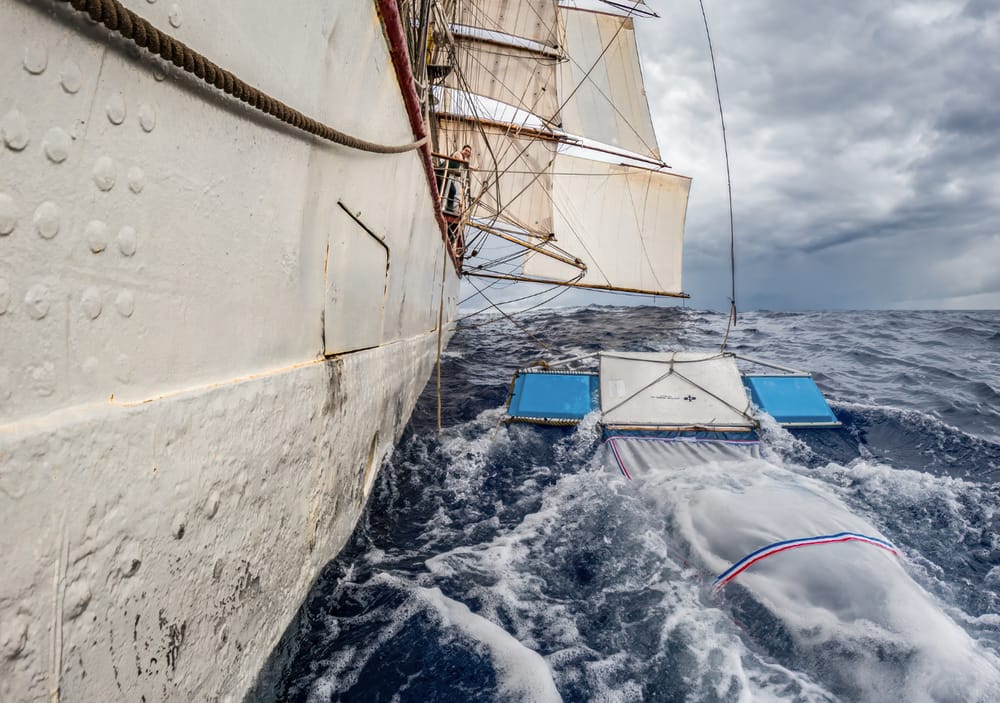
Background:
Marine plastic pollution poses significant threats to ocean ecosystems, fisheries, tourism, and human health. Offshore, plastics entangle wildlife, transport invasive species, and contribute to chemical exposure and starvation in marine animals. Current estimates suggest that approximately 3 million tonnes of buoyant plastic litter are adrift at sea, with larger items (>2.5 cm) making up the bulk of the mass. Ocean currents, winds, and waves concentrate floating plastics in five major oceanic gyres, commonly known as ocean garbage patches. The most studied is the Great Pacific Garbage Patch (GPGP), located between Hawaii and California, which has been extensively mapped and modelled. This work has yielded insights into plastic accumulation dynamics, material sources, and strategies for scalable removal. In contrast, the other remaining ocean gyres, particularly in the southern hemisphere remain largely unexplored for both plastics and ecosystem research.
Mission:
The goal of this project is to generate robust, spatially extensive data on ocean plastics that can inform global models, identify hotspot regions for cleanup, and support policy and technological solutions to reduce plastic entering the ocean.
Data Impact:
The project’s results will contribute to international efforts addressing marine plastic pollution, including the UN Sustainable Development Goals and the UN Decade of Ocean Science. The Ocean Cleanup also shares findings through open-access publications, global microplastics databases (such as AOMI and EMODnet), and intergovernmental discussions, including the UN Treaty on Plastic Pollution.
Relevant/Previous Scientific Publication(s):
How to Participate:
To request an Automated Debris Imaging System and begin tracking plastic pollution, please contact SeaKeepers’ Citizen Science Manager at rosemarie@seakeepers.org.
Program Partners:
Get Involved
If you’re interested in learning more about this specific program opportunity, please reach out to our team below to find out more about this program or get involved in other opportunities with SeaKeepers.
Explore More Opportunities
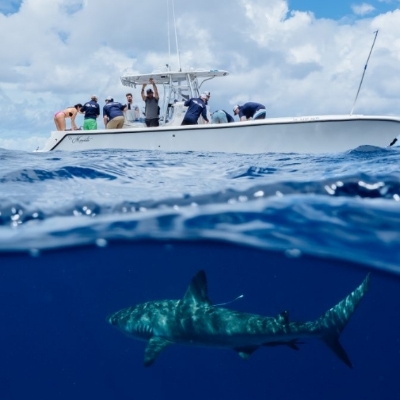
At-Sea Opportunities
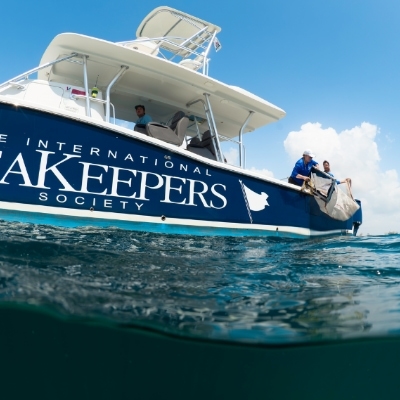
Citizen Science Opportunities
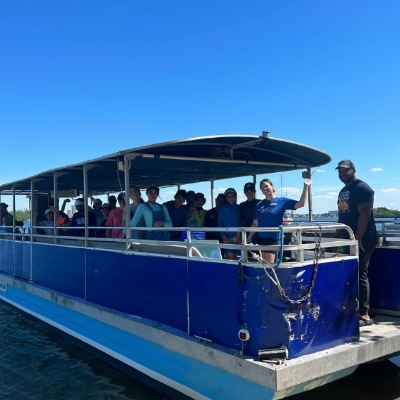
Education Opportunities
